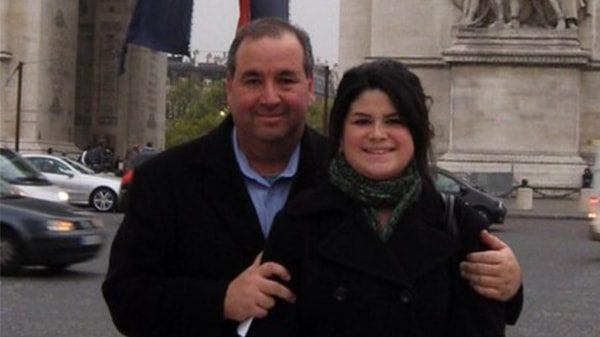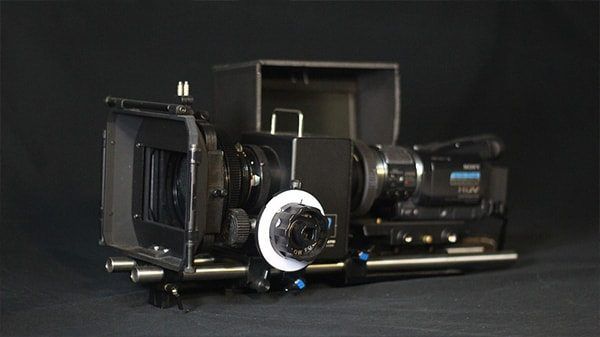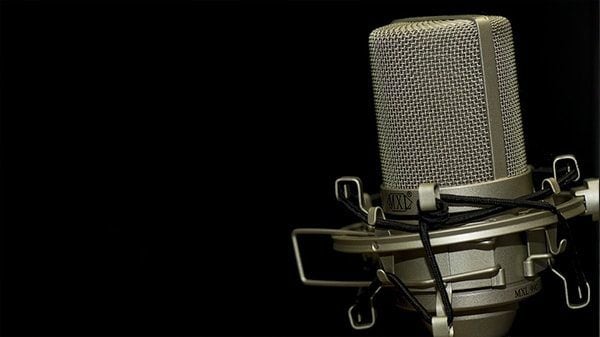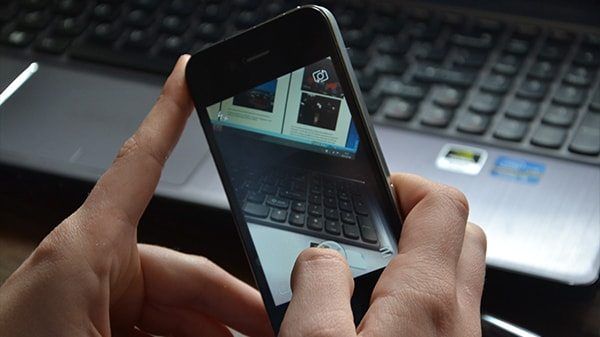
Being a journalist means being a jack of all trades. It hasn’t been until recently that journalists were expected to be a one-man production crew, but there are always those ahead of the curve.
Andy Field has served Washington D.C. for two decades as a writer, producer, reporter and editor of news broadcasting. He’s worked through the OJ Simpson trial, four white house administrations and has produced and reported for ABC News, PBS, and Discovery Channel.
Naturally, we wanted to sit down with Andy and pick his brain. In the interview, Andy shares how he broke into the broadcasting industry and a few editing tips and tricks of his own.
NB: How did you become a video editor?
AF: My first TV News job required that reporters do everything…shoot, edit, produce and report. I carried a 20 pound camera on one shoulder and a 10 pound recorder on the other. We’ve advanced a bit since those 1970’s news days.
Eventually I moved to Washington to work with local and network news where specialists edited and I simply reported. But we’ve come full circle in the 21st century and while I hire extraordinarily talented photographers, I now produce, write and edit my own material, whether for ABC News, PBS or corporate video.

NB: What’s a day in the life of Andy Field look like?
AF: I have a split business day – spending mornings running my production company – talking with clients, script writing, producing and editing. Then, in the afternoon, I head to ABC News to write and report daily stories for network radio and sometimes TV.
NB: What are some of the challenges you face with live broadcasts?
AF: Live broadcasts require Zen-like concentration.
There are so many moving parts and you are editing off the cuff commentary in a remote part of your brain while another part delivers what appears to be a smooth train of thought.
I’ve had the sad assignment of anchoring live coverage of the Newtown and DC Navy Yard shootings and the recent Baltimore Riots…sitting in front of a microphone for hours describing the scene, tossing to experts in the field, reading breaking news emails.
It’s challenging and exhilarating to get it right and juggle all the elements. I’ve done this for a number of decades and the concise story telling muscle memory kicks in when you need it.
NB: What tools and software do you use?
AF: I primarily use the Adobe Creative Cloud suite to edit (Premiere Pro, Audition, After Effects, Photoshop.) I also use virtually every plugin known to man from NewBlue’s entire suite to FX Factory and many more. Every plugin helps create compelling stories.
NB: What is your postproduction process like?
AF: Logging…lots of logging.
We do extensive documentary style interviews and need to create a paper edit for client approval before editing. There’s no substitute for logging everything from natural sound to a detailed shot list in order to create a minimalist script that lets the video do the talking.
Then we do a “radio” cut – voice over, sound bite and natural sound edit for pacing.
Once that’s done, then the creativity begins – developing a look and style for the piece and that’s where NewBlue’s inventive transitions and filters help take our pieces from a B to an A+.

NB: How do you spend your time when rendering?
AF: With Premiere Pro CC, rendering is no longer an issue – it’s all done at the end on output and can be offloaded to their media encoder application in the background. Final Cut Pro render time was aggravating, but Adobe has eliminated that.
NB: What’s your editing secret?
AF: I teach editing classes and I ask “What’s the difference between a good and great editor?”
The answer – one frame.
It is paying attention to detail, pacing, composition, color, sound – taking the puzzle pieces and creating a seamless picture.
If you are a good dancer, you are likely a good editor. It’s all about feeling the rhythm – knowing when to cut and not. Equally important is to avoid using gratuitous transitions and effects, adding them in only when they help move the story forward.
NB: What was your biggest editing nightmare?
AF: Photographers are critical to telling a great story. We often have clients give us poorly shot cell phone video and say “you can fix this in post.” No amount of plug ins and special effects can rescue lousy source material.

NB: What impact do you have as an editor?
AF: Too many stories to tell – I’ve created pieces that helped organizations raise millions of dollars and helped save as well as improve lives. The editing choices have informed, compelled and moved people to action.
One of the best stories I can recall…We did a piece about the Stroke Comeback Center in Vienna, Virginia for PBS that I wrote and edited. They were in financial trouble while trying to save and help stroke victims. A wealthy benefactor saw the piece and was so moved; he made a large donation to keep them in business.
That is the power of editing.
NB: What’s next for Andy Field?
AF: It is a joy telling stories that matter – that make a difference in someone’s life. I hope to continue doing that for network television, corporations and non-profits. I’ve led a lucky life – seeing the world on someone else’s dime and developing the skills to tell stories that touch millions of lives.
NB: Thank you for your time Andy.
AF: Thank you.
We want to give a big thanks to Andy Field for participating in our Editors Chat and for giving us an inside look at the life of an accomplished editor.
Want to see Andy Field’s work? Check out the videos below:

